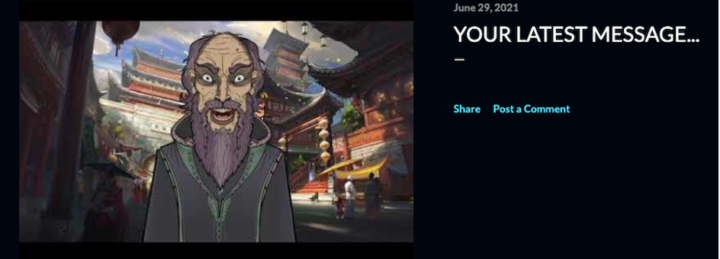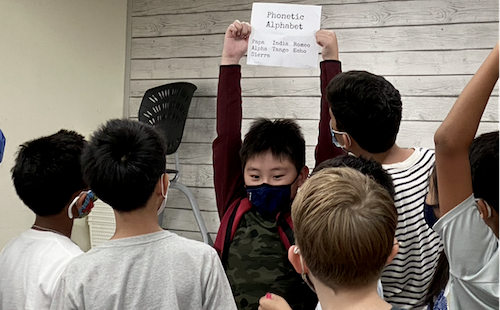A Social Studies Win: Transmedia Storytelling
A MiddleWeb Blog
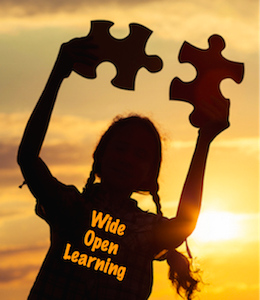 After transitioning from teaching English to Social Studies, I have found aspects of English-teaching that I want to incorporate into my classes. One of these is storytelling.
After transitioning from teaching English to Social Studies, I have found aspects of English-teaching that I want to incorporate into my classes. One of these is storytelling.
Neuroscientists have studied the impact of stories on the brain and found that they have great effects on our ability to make connections and remember what we learned. The emotions that students feel when hearing a story make it easier for the brain to incorporate and retain new information.
History is rife with stories worth telling, but even for units that don’t lend themselves naturally to storytelling, there is the option of creating your own narratives to shape the lessons.
This is where transmedia storytelling comes in. According to the instructors of the Coursera class I took on the topic,
“Transmedia storytelling is the practice of designing, sharing, and participating in a cohesive story experience across multiple traditional and digital delivery platforms – for entertainment, advertising and marketing, or social change.”
To fall under this heading, the story must be told across several platforms and the audience must be actively involved in the process. Classroom activities that are hands-on, multimedia, and engaging? I knew I had to try this out.
At my History Mysteries summer camp
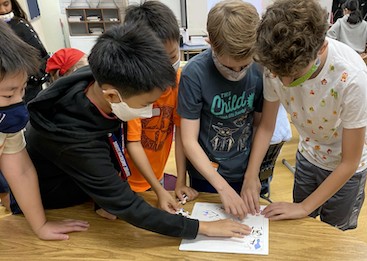 I was eager to experiment with transmedia storytelling and thought that the week-long summer camp I organized was the perfect opportunity.
I was eager to experiment with transmedia storytelling and thought that the week-long summer camp I organized was the perfect opportunity.
The camp session was named “History Mysteries,” and I framed the narrative around a cryptic professor who leaves the students messages and videos about their topics of study in social studies.
The Professor is fighting against the Silencer, a trillionaire heir to a textbook fortune, who wants the students to accept history as it is written. Students loved this storyline and responded enthusiastically to the Professor’s messages and challenges. It was fun to see the students suspend their disbelief and come up with theories about the Professor.
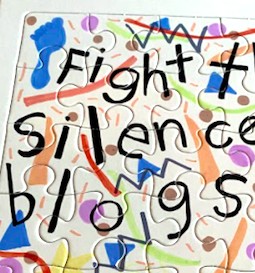
On a blank jigsaw puzzle, I had written the address of a Blogger site I made with the Professor’s first video, which they were able to view after gathering the pieces and solving the puzzle.
I created the character of the Professor using Adobe Character Animator and disguised my voice by using a simple web tool. Once I learned, it was easy to create a few videos for each day.
In addition to the website, I created an Instagram account for our villain, the Silencer, which offered clues to what students would study that day. I used low-tech aspects as well, including clues hidden in hollowed out books, taped under desks, and hidden in plain sight.
The students kept me on my toes: by the third day, they were checking under their desk every time they entered the classroom. Our transmedia experience was engaging, unique, and inspiring and helped deepen my students’ thinking about how “history” is created and disseminated.
Moving from prototype to teaching strategy
I was filled with ideas for how I could take it to the next level. COVID restrictions limited the activities I could arrange to our classroom, but a future goal would be to extend the scope of the mystery into other areas of the school.
I love the idea of saying a password to someone in the main office or the school bookstore and receiving a clue, or having clues embedded into their assignments. Now that I’ve had success on a small scale, I am eager to build a transmedia narrative for one of my units.
I would love to hear from other educators who are doing something similar in their classes and get inspired by their ideas. If you know of anyone who has used transmedia storytelling in the classroom, or have any ideas for relaying information in a unique format, please share it in the comments.
Resources
Martinez-Conde, Susana, et al. (2019) The Storytelling Brain: How Neuroscience Stories Help Bridge the Gap between Research and Society. https://www.jneurosci.org/content/39/42/8285
Ondrejkova, Simona.(2021) The Neuroscience of Story: How Stories Change Our Brains. https://storiusmag.com/the-neuroscience-of-story-how-stories-change-our-brains-7ed955b76f03

